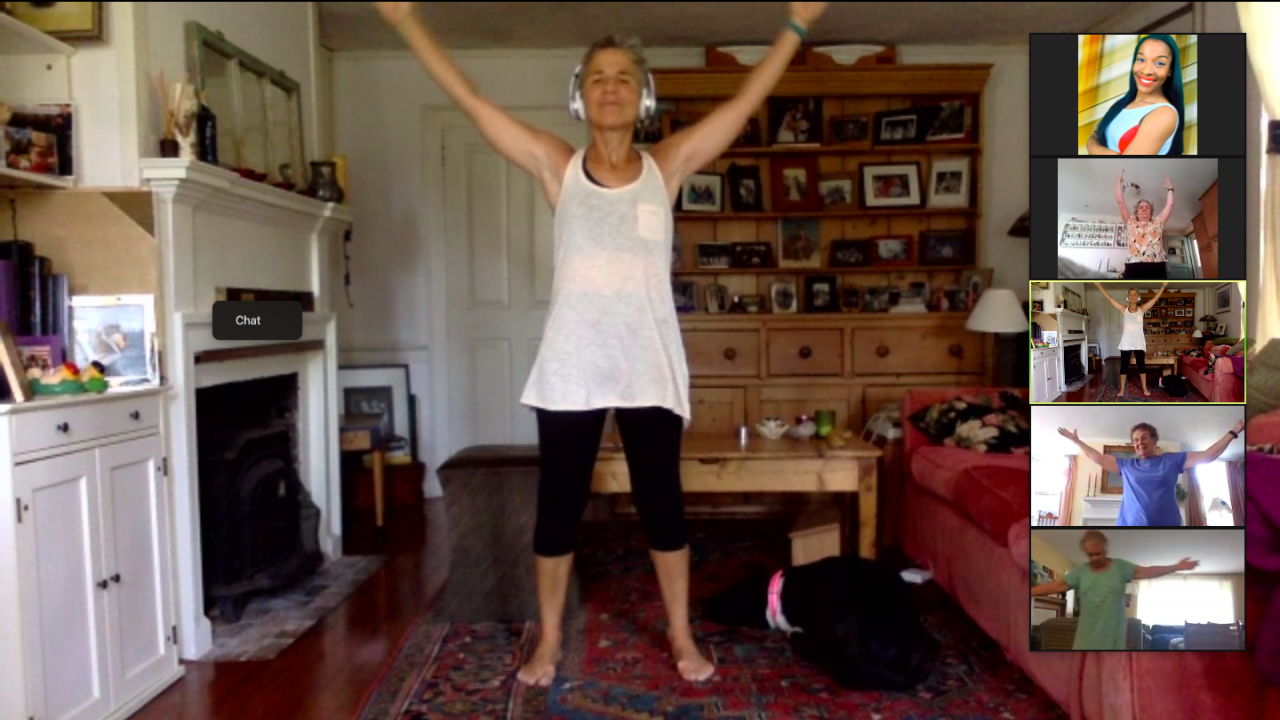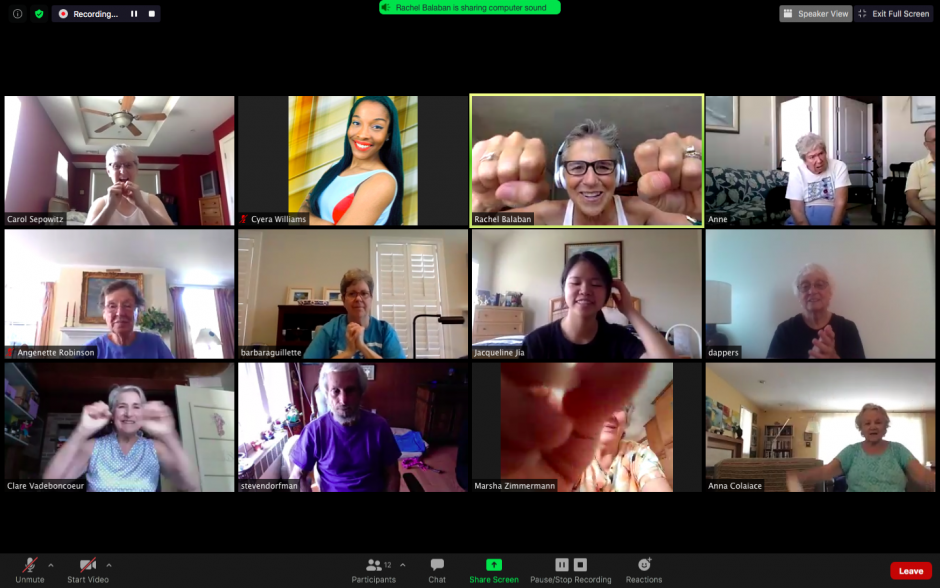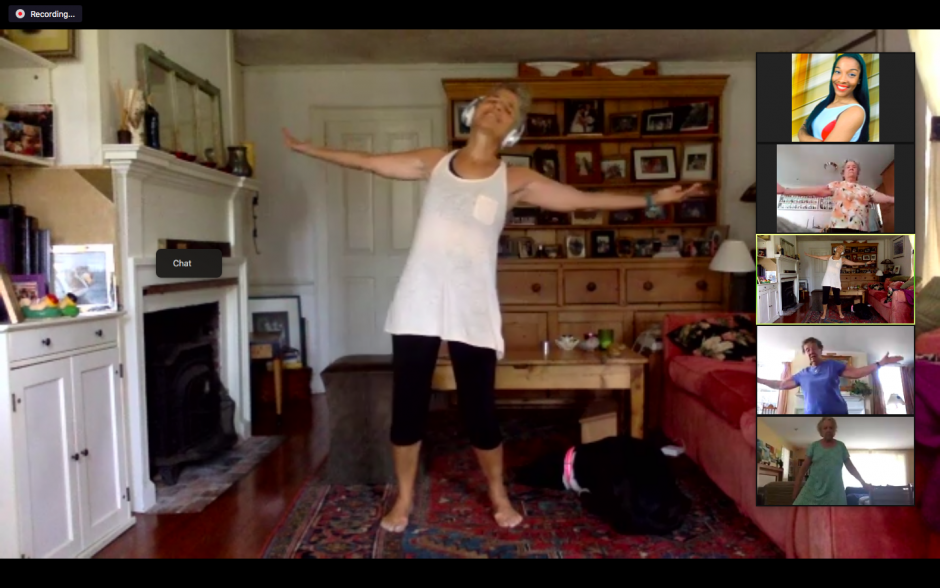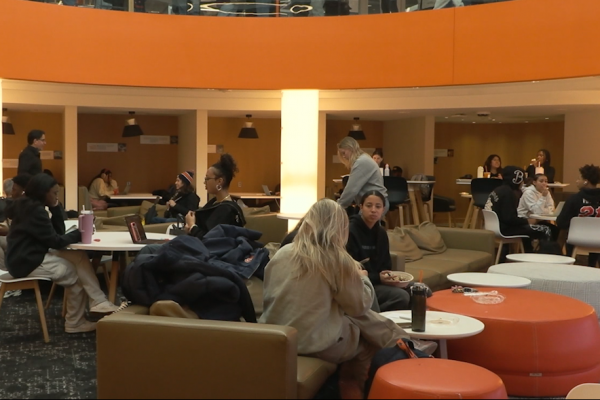
NEW LONDON, Conn. (NCC NEWS) – Dancing for Parkinson’s Disease is a different form of healing that includes arts, dance, and music. The COVID-19 crisis changed the format of the class, making it difficult to engage with those who are diagnosed with the disease.
Dancing for Parkinson’s’ Disease was founded 19 years ago out of Brooklyn, New York. New London, Connecticut, Program Director Rachael Balaban has taught the class for 12 years.
“The obvious drawbacks is touch, touch is really important in general but in particular with a population where touch is a scarcity,” said Balaban. “Where often some of these people are only touched through a medical intervention so it’s not through necessarily tenderness or familiarity.”

Centers for Disease Control guidelines have made the component of touching harder for programs like Dancing for Parkinson’s Disease. The class went to an online format via Zoom just a week into the pandemic. The challenges that arose are finding ways to still stimulate the mind without touching or being in the same room.
Some of the new techniques Balaban took up given the pandemic are simplifying movements and choreography.
“I’m trying to go slower, but so many of the people identify as dancers,” she said.
The importance of the class is to give those with or without the disease a new form of healing and engagement.
“I feel like there’s not enough of an emphasis on other ways of intervention and therapy,” said Jacqueline Jia, a Brown University assistant for the Dancing with Parkinson’s Disease. “Sometimes our first idea of therapy is to give people a drug, that’s always the most effective.”
Despite the challenges, Balaban likes the online format because it broadens the platform for more people in need.

“It’s allowing us the ability to connect with more people,” said Balaban.
Since the program has moved online, more people are able to join without travel constraints. Balaban has paired Brown University and Connecticut College students with participants of the class to keep everyone engaged.
The class isn’t geared towards just one audience; people from all backgrounds are welcomed to join.
“I think it’s important to not only spread more awareness of this kind of therapy, but it also helps build community,” Jia said.




